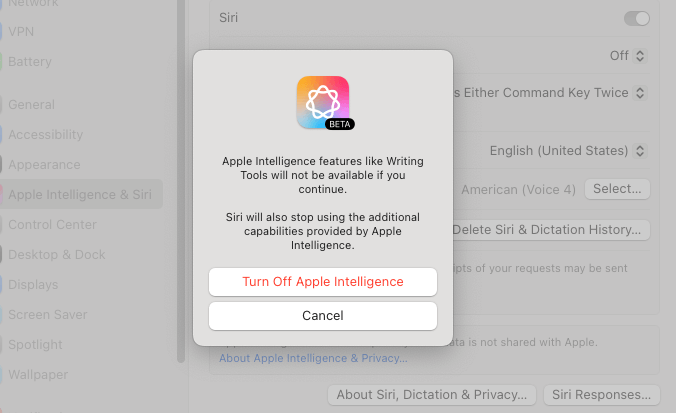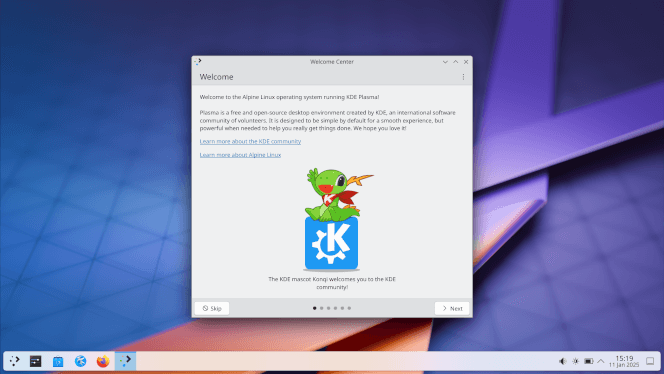The year of the Linux desktop has arrived
After spending the majority of my personal computing adventures on my MacBook Pro last year, I received my final deprogramming session with the latest batch of macOS updates. Surveillance tech has now festered deep inside macOS Sequoia itself with the rollout of Apple Intelligence. Apple’s promises of groundbreaking privacy protections aside, I employ a strict zero-trust policy when it comes to accessing my personal data.

macOS Sequoia 15.3 with Apple Intelligence on my MacBook Pro (13-inch, M1, 2020).
You can disable Apple Intelligence and trust that no personal data will ever leave the device without your knowledge and acceptance. However, I don’t see how I could reasonably secure my data and communication on an operating system with embedded AI. In fact, I believe that’s technically impossible. Be it macOS or Microsoft Windows.
Use GNU/Linux or BSD
OS-level AI integration is not the future of personal computing, or at least, it’s not in my future. Proprietary operating systems are currently descending into madness, let them go down alone.

Alpine Linux 3.21 running KDE Plasma on my XPS 13 7390.
2025 is going to be terrible. Put your tin foil hat on. Happy New Year!
